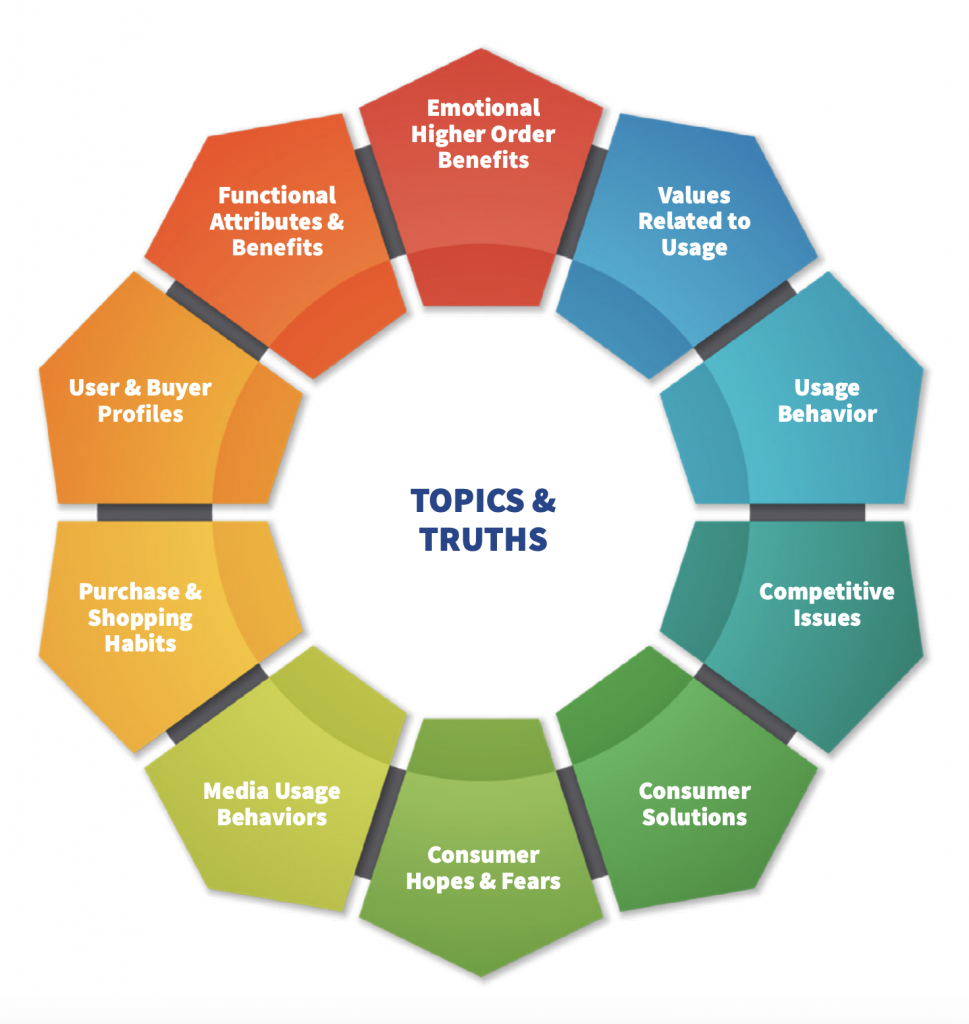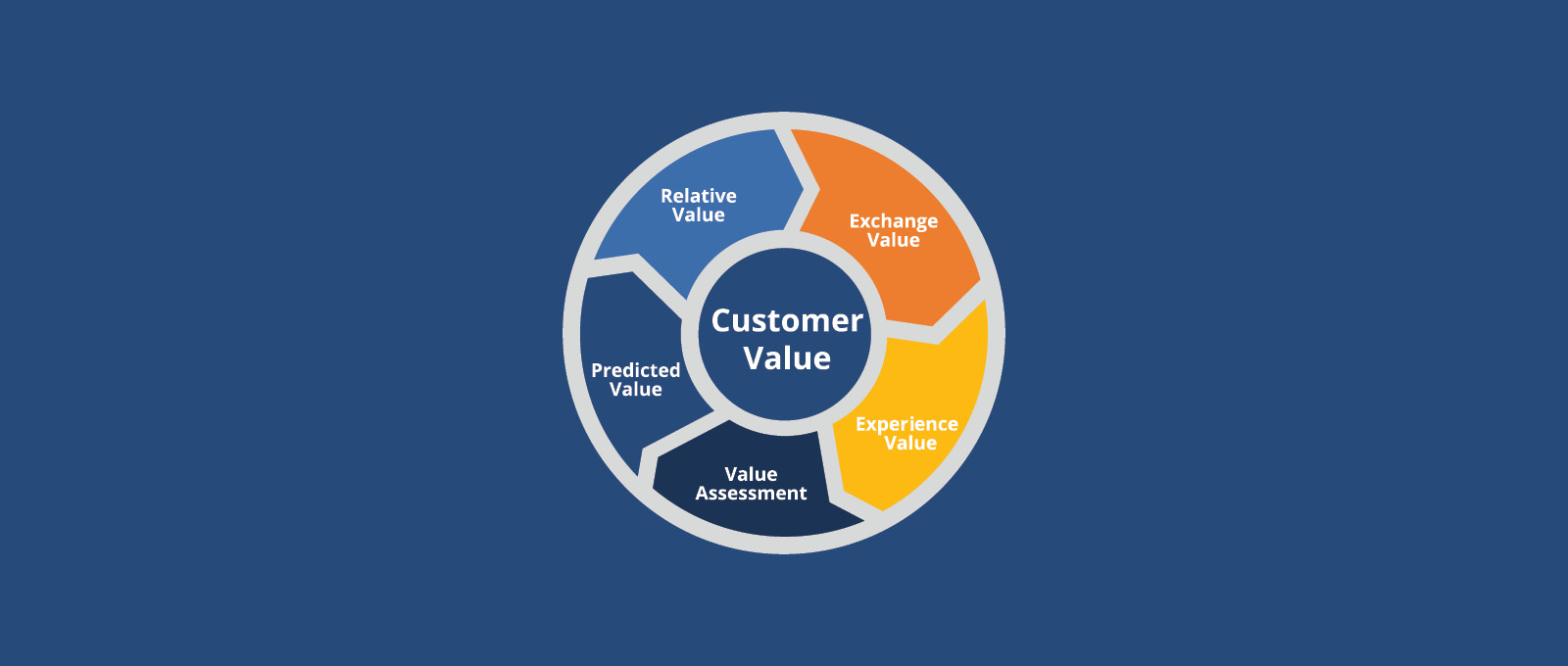23. Per Bylund on Entrepreneurial Strategy
Business strategy in books and business schools has tended to towards metaphors of sports or war. There are playing fields or battlefields, and the strategy question is “Where to play, and how to win?” In other words, it’s a competitive strategy, where one firm wins and others lose, within some pre-set boundaries of industry structure. This is hardly useful for the start-up or SME entrepreneur, or indeed for any executive in any company who is dedicated to delivering customer value.
Austrian entrepreneurship, built on foundations from Austrian Economics, focuses on the strategic question of how to facilitate customer value. That requires a 100% focus on the customer — not competitors or industry structures. Per Bylund explains how adherence to this one core principle drives a very different approach to business strategy.
Show Notes
Strategy in business schools is about how to gain a competitive advantage. Austrian entrepreneurs think differently — they are constantly probing their own customer understanding rather than thinking about competition. An entrepreneur’s time is his or her most valuable resource, and they don’t waste it thinking about other entrepreneurs. Competition is usually understood as a firm’s relative position in a well-defined industry. It’s an idea from the economics of the early 20th century, when economists were thinking about market structures like oligopolies producing near-identical goods and services, and how firms performed within these structures. 21st century entrepreneurs don’t think that way.
Entrepreneurs pursue uniqueness: to become the customer’s choice by delivering the greatest value. Entrepreneurs spend their strategy time focused externally on customers and target customers. They are the ones who create value, in the form of an experience of satisfaction or pleasure. The entrepreneur’s task is to facilitate that value experience by offering a product or service that will be perceived as valuable. If the customer is dissatisfied with the status quo, then the entrepreneur’s strategy is to bring to market a solution that eliminates that felt dissatisfaction.
Deep understanding and deep empathy are the entrepreneur’s strategy tools. How can entrepreneurs facilitate value, if customers are the only ones who can create it? The answer lies in deep understanding of customers at the emotional level — how they feel. There is no shortage of data to help shed light: just initiate a conversation with them and they’ll talk about their dissatisfactions and hopes and concerns. They won’t design new products and services for you — that’s the entrepreneur’s job. But the application of deep empathy — truly understanding how the customer feels by seeing things from their perspective rather than yours — will take you to the level of understanding that’s required. If you are really, really good at this — in fact, if you can make it a unique capability — then you’ll realize success. Empathy is the best strategy.
Austrian entrepreneurs are rivals with each other for the customer’s dollar. Entrepreneurs’ continuous striving for uniqueness enables more and more satisfying and valuable customer experiences. All entrepreneurs are rivals — to do a better job of facilitating value for customers. If the customer buys a new digital printer rather than a new dress, the printer maker and the dressmaker are rivals. The dressmaker is stimulated to raise their game in value facilitation so that, next time, the customer buys the dress instead of, say, a bathroom rug.
There are some tools for customer understanding. The best one is conversation. We discussed various research techniques and tools such as the Voice Of The Customer, a method of data and information collection across all kinds of knowledge categories, capable of analysis and potentially leading to insightful interpretation. Dr. Bylund thought these tools worthwhile, but with the risk of being too formalistic. The Austrian route to deep understanding is one-on-one conversation: talking with customers about their feelings and their lives and their preferences, and perhaps getting them to discuss a prototype or rough description of a product or service. Numerical surveys and quantitative analysis are less useful.
There are also tools for internal allocation of resources to support uniqueness of products and services. We discussed the VRIN principle: reviewing the resources and capabilities of the entrepreneurial firm to ensure they are:
V – Value-creating: how much does a resource or capability or software feature or service element directly contribute to facilitating a valuable experience for the customer.
R – Rare: to achieve your uniqueness in delivering value, look for resources and capabilities that are unique, or at least rare. These could be particularly skillful individuals on the team or processes and recipes developed over time that are uniquely refined and uniquely aligned with the value preferences of your target customers.
I – Inimitable: if your capability can be imitated with a similar (but perhaps not identical) feature that delivers the same level of customer value, then your uniqueness is temporary.
N – Non-substitutable: if you are able to preserve uniqueness, but customers find they can substitute an alternative about which they feel just as good, then you are marketplace position in not sustainable. Customers can sometimes find value not only in direct substitutes but also indirect substitutes — like choosing a glass of wine over a glass of beer. Your unique beer recipe isn’t non-substitutable.
The VRIN formula is a useful lens to look at your internal capabilities. But Dr. Bylund stressed again and again that the strategy answer can not be found inside the company. Entrepreneurs must only think about the customer, and how to facilitate the greatest possible value for them. It’s the only way to build and sustain a business. Always reinvent and innovate. Always look for some new value that you can deliver. Keep talking to the customer, keep tapping into the infinite resource that their dissatisfactions represent — just ask them, they’ll tell you.
DOWNLOAD
Download the Voice of the Customer PDF (287 KB)






Leave a Reply
Want to join the discussion?Feel free to contribute!